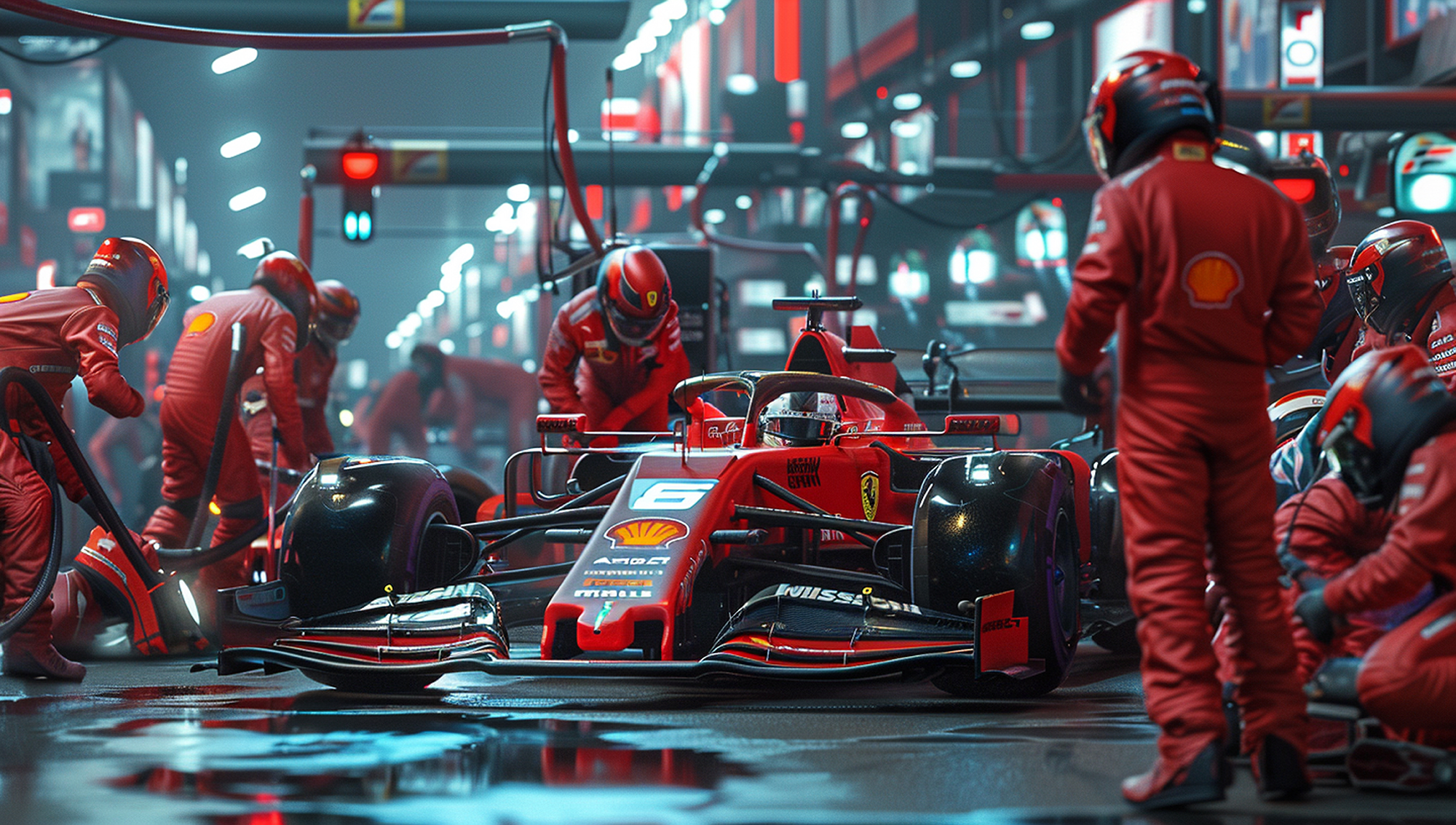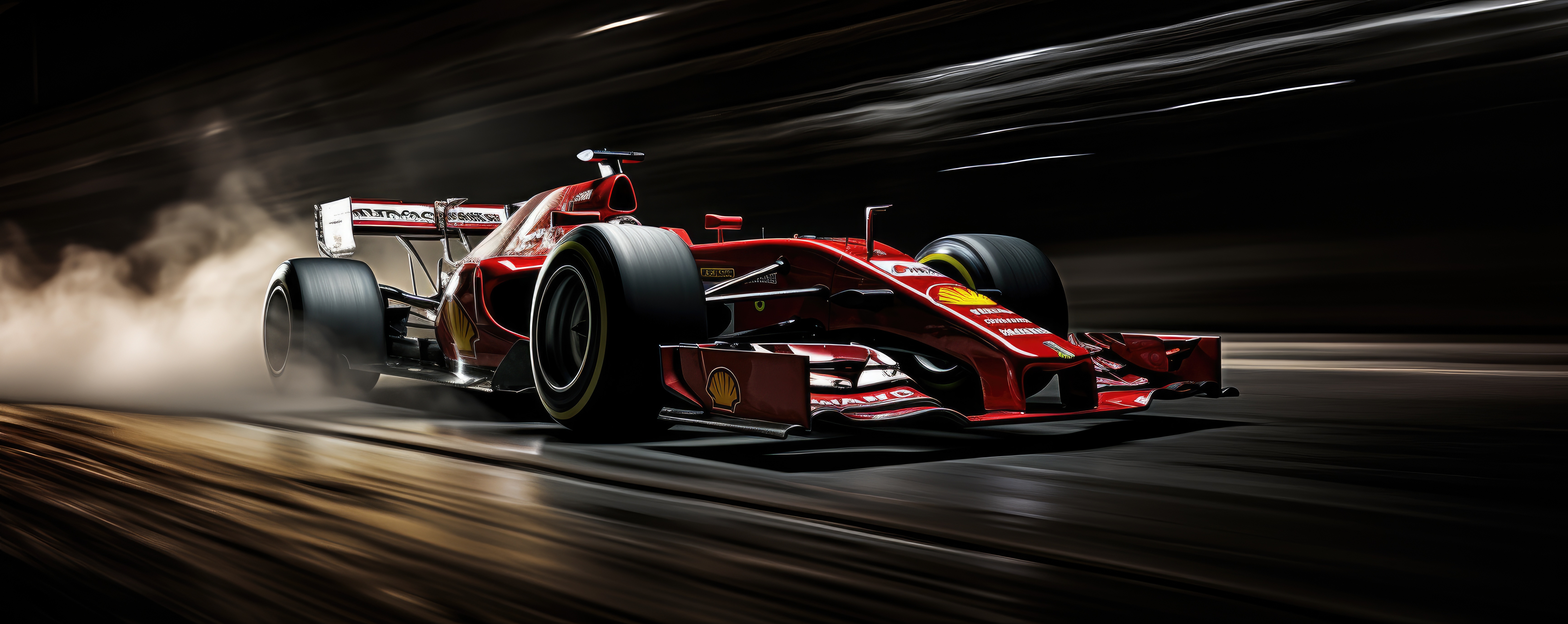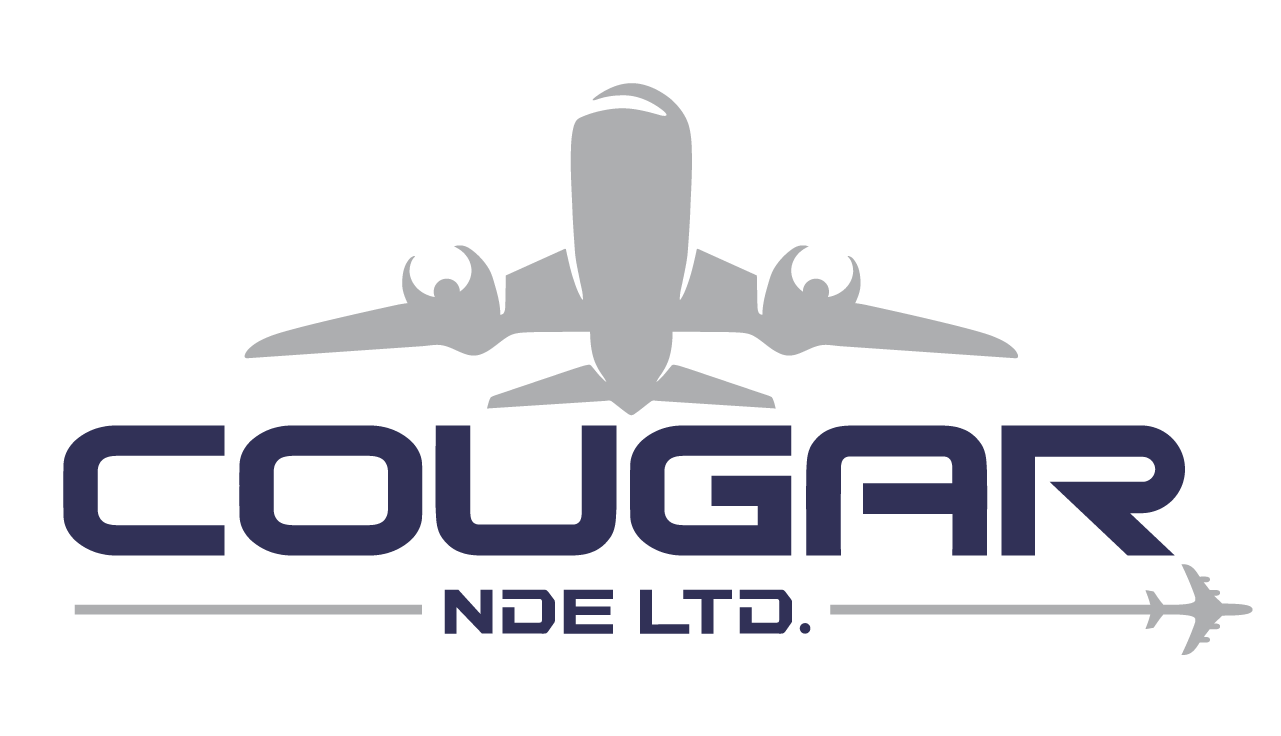The Secret Behind Formula 1’s Speed and Safety: Non-Destructive Testing
The Secret Behind Formula 1’s Speed and Safety: Non-Destructive Testing
Formula 1 is the pinnacle of speed, technology, and precision engineering. But what ensures these cars remain safe and high-performing at speeds exceeding 200 mph? The answer lies in non-destructive testing (NDT)—a crucial process that guarantees every component is flawless and race-ready. Without NDT, undetected flaws could lead to catastrophic failures, endangering drivers and jeopardizing races.
The Role of NDT in Formula 1
Every Formula 1 car is a masterpiece of engineering, consisting of over 14,000 components, each requiring precision manufacturing and extensive inspection. With over 30% of car failures in F1 linked to undetected mechanical faults, it is essential to implement thorough testing processes to ensure reliability and safety.
Formula 1 teams conduct thousands of NDT scans each season, inspecting everything from carbon fiber wings and suspension arms to engine components and gearboxes. By leveraging advanced NDT techniques, teams can ensure every part is optimized for peak performance while minimizing the risk of failure.

Key NDT Methods Used in Formula 1
To maintain the highest standards of safety and performance, Formula 1 teams rely on several cutting-edge NDT techniques, including:
Ultrasonic Testing (UT): Used to detect internal fractures and defects in composite materials like carbon fiber wings and chassis structures. High-frequency sound waves penetrate the material, revealing flaws that could compromise aerodynamics and structural integrity.
Eddy Current Testing (ECT): Ideal for identifying surface and near-surface cracks in suspension arms and steering components. ECT ensures that parts enduring extreme forces are free from defects that could lead to failures.
Radiographic Testing (RT): X-ray imaging allows teams to inspect engine components, pistons, and gearboxes for hidden imperfections that could cause catastrophic breakdowns during a race.
Liquid Penetrant Testing (LPT): A vital method for detecting microscopic surface cracks in brake calipers and rotors. These components experience extreme thermal stress, making regular inspections critical for safety.
Thermal Imaging: Used to monitor brake discs and engine heat distribution, ensuring that temperature-sensitive components are operating within optimal ranges.

NDT in Action: Real-World Applications in Formula 1
Each race weekend, Formula 1 teams implement rigorous NDT protocols before, during, and after races. Let’s explore how NDT enhances the safety and performance of key components:
1. Carbon Fiber Wings and Chassis
Aerodynamics play a crucial role in Formula 1, and the carbon fiber front and rear wings generate essential downforce. However, even the smallest fracture in these components can compromise a car’s handling. Teams use ultrasonic testing to detect internal delamination and fractures, ensuring structural integrity before hitting the track.
2. Suspension and Steering Components
Suspension arms endure extreme loads as cars navigate tight corners at high speeds. Eddy current testing is employed to identify early-stage cracks that could lead to structural failure. By detecting these flaws in advance, teams prevent potential crashes caused by suspension failure.
3. Engine and Gearbox Components
An F1 engine revs up to 15,000 RPM, subjecting its internal components to intense heat and mechanical stress. Radiographic testing helps identify microscopic defects in pistons, valves, and cylinder heads, reducing the likelihood of engine blowouts mid-race. Gearboxes, responsible for transmitting power efficiently, also undergo X-ray scans to ensure seamless performance.
4. Braking System
Brakes are crucial for deceleration from speeds exceeding 200 mph to near standstill in mere seconds. Teams use liquid penetrant testing and thermal imaging to inspect brake discs and calipers for cracks and uneven wear, guaranteeing that drivers can rely on consistent stopping power.

Why NDT is Essential for F1 Success
Formula 1 is a sport where fractions of a second determine victory. NDT provides teams with the confidence that their cars will perform at their absolute best without unexpected failures. The benefits of NDT in F1 include:
Enhanced Safety: Protecting drivers from mechanical failures that could lead to life-threatening accidents.
Performance Optimization: Ensuring every component operates at peak efficiency for maximum speed and reliability.
Cost Savings: Preventing costly part failures and mid-race retirements.
Regulatory Compliance: Meeting stringent FIA safety standards for materials and component integrity.
NDT Beyond Formula 1
While NDT is a game-changer in Formula 1, its applications extend far beyond the racetrack. Industries such as aerospace, automotive, energy, and manufacturing all rely on NDT to ensure the integrity of critical components. At Hercules, we specialize in providing cutting-edge testing solutions tailored to your industry’s needs.
Besides having NDT capabilities in many of our Hercules locations, Boomer NDT here in Atlantic Canada and Cougar NDE in Alberta are also divisions of the Hercules Group of Companies, delivering expert non-destructive testing services across multiple industries.
Conclusion
Non-destructive testing is the unsung hero of Formula 1 safety and performance. Without advanced inspection techniques, F1 teams would face increased risks of mechanical failure, endangering both drivers and the outcome of races. By applying ultrasonic, eddy current, radiographic, and liquid penetrant testing, teams ensure their cars remain fast, reliable, and safe throughout the season.
Want to learn how NDT can improve your operations? Contact Hercules today to discover how our advanced testing solutions can help your business achieve peak performance and safety.
📞 Call us now 1 (877) 461-4876 to get a free consultation and keep your lifting operations running safely and efficiently.
——————————————————————————————————————————————
The Hercules Group of Companies encompasses a wide portfolio of products and services across multiple, diverse companies.

%202023.png)

